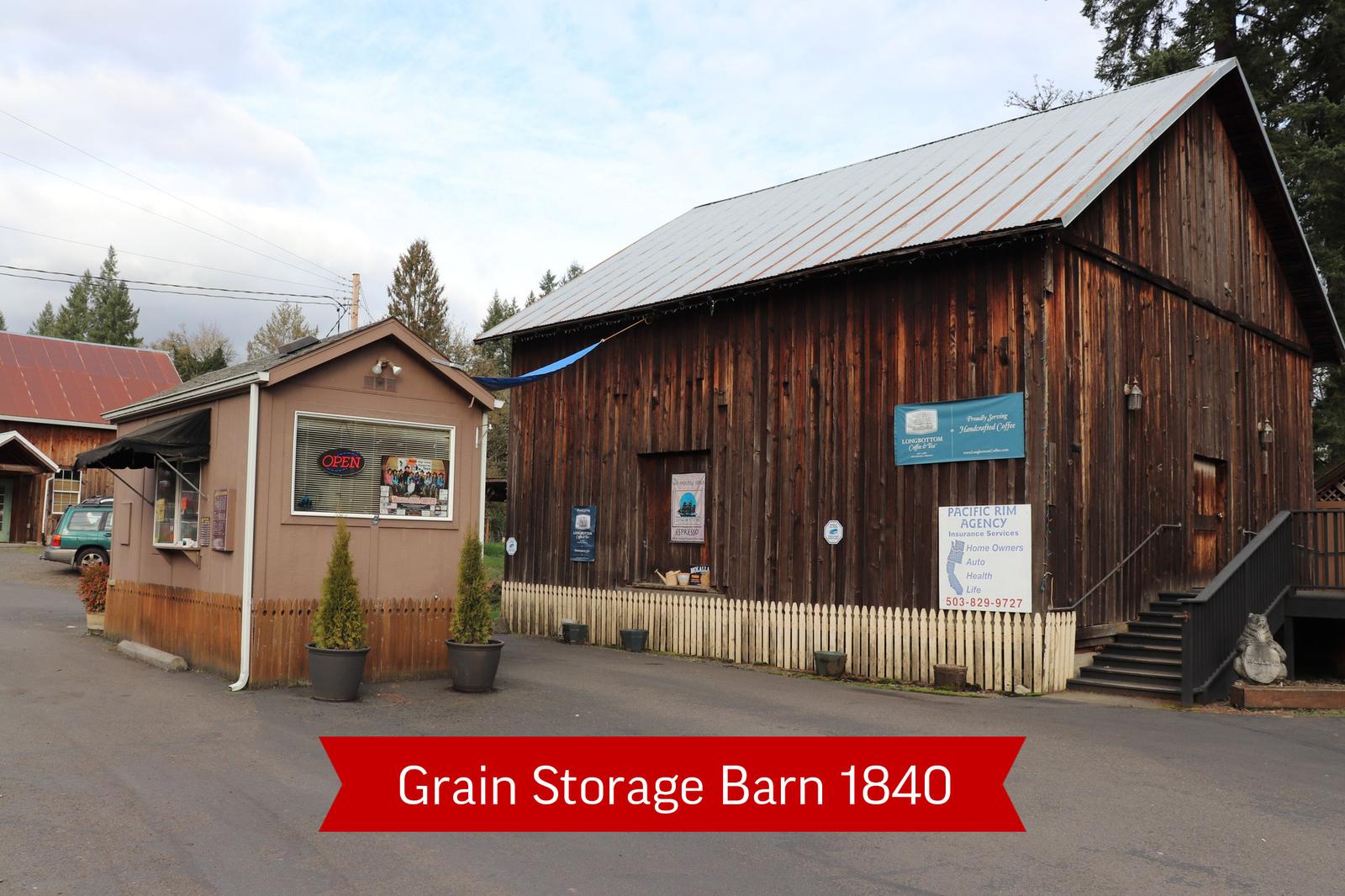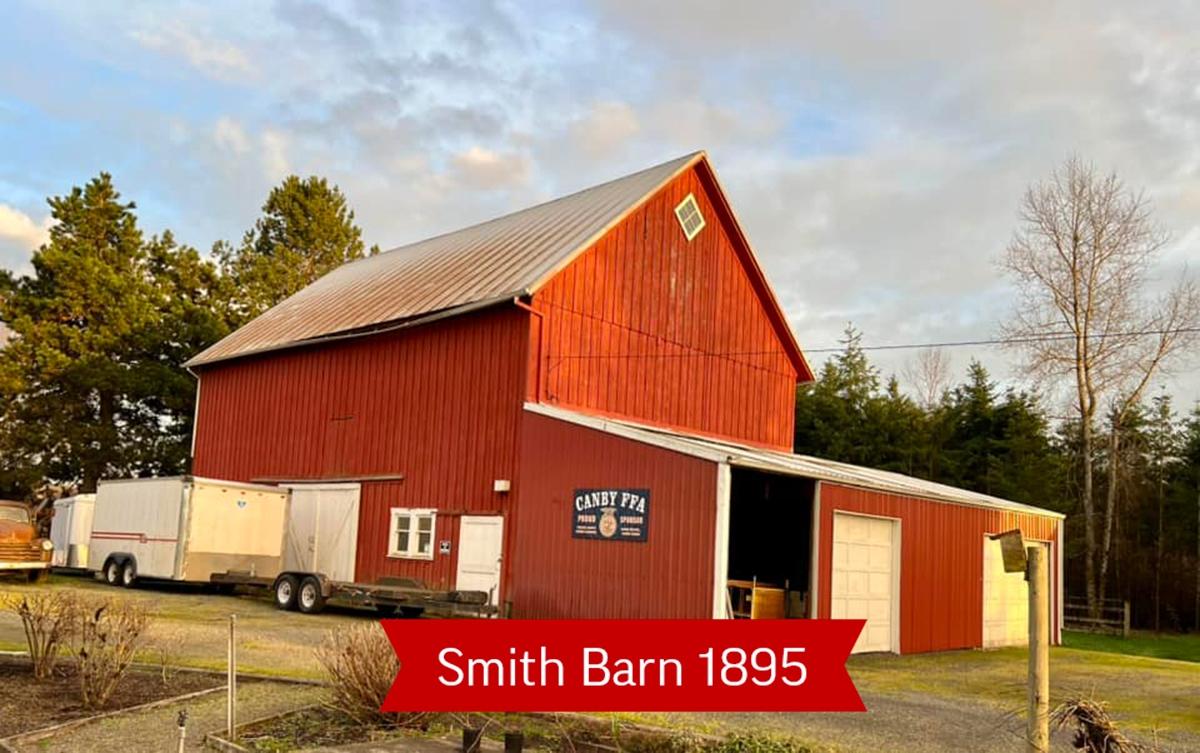The Enduring Legacy of Old Barns
Barn Charm
By Angie Helvey, Contributing Writer

Over 350,000 pioneers on the Oregon Trail came to the Pacific Northwest and put down roots in the Willamette Valley in the mid-1800s. Promised a new life full of opportunity, most came to farm the land and were granted acreage upon arrival

The settlers brought herds of cattle and other animals, so the barn was usually one of the first structures constructed on newly acquired land, second only to the primary dwelling. The “barn raising” was a big event, and the whole family, friends, and neighbors pitched in. Barns symbolize the agricultural abundance that founded our nation and a way of life that focuses on success through hard work and pride in family. People were striving for self-sustainability and a way to feed their loved ones.

When you walk into a barn, you’re transported to another dimension full of vivid sounds and smells, different depending on the season. In the summer, there are fragrances of fresh grass and sweat, and the empty, quiet crevices have surely seen many a first kiss or a teenage boy sneaking a smoke. In the winter, the scents of manure, feed, and hay are more apparent, as are the soft murmurs of animals in the background. The essence of a horse barn is a mixture of the earthy, dusty smell of the horses with traces of sweet leather and musty metal.

Nowadays, it’s rare to grow up on a farm, but most everyone did in Oregon’s early days. For them, the sounds and smells of a barn trigger a waterfall of memories, like the first calf they ever saw born, brown-eyed and wobbly-legged. They’re reminded of discovering a new litter of kittens in the hayloft or grandpa teaching them to milk a cow. Barn dances became popular in the early 1900s, allowing farmers and their families to socialize and dance to traditional folk music. Many a farmer’s child recalls watching the colorful skirts and cowboy boots flying across the floors.

Because most barns were constructed for a specific purpose, utilizing them in today’s world can be challenging, especially with all the work required for restoration. One of the oldest still standing is the barn at Merrywood Farm in Oregon City, a classic post and beam construction erected in 1907.

Families repurpose their old barns in a variety of ways. Some work to restore the building for an event venue — the perfect place for a country wedding. Others turn them into breweries or a bed-and-breakfast. Liepold Farms in Boring converted their barn into a tasting room for their ciders and adorned the walls with old farm tools. Some families are forced to tear down these structures due to safety issues, but they can still repurpose the materials. Barn wood makes the most beautiful rustic furniture and its charm and character still tell the story of the old days.

Barn enthusiasts collect old artifacts and pictures of old barns in Oregon and throughout the nation. They’re forever fascinated by the rustic craftsmanship and how it embodies our country’s rich history in agriculture and the simple life our society has left behind. You see these people on the side of a country road, admiring an old relic and stopping to snap a photo. Someday, all these old structures will be gone, and the visual depictions are what we’ll have left: a window to a world where human beings were more connected to the land than their cell phones.
Restore Oregon’s Heritage Barns Task Force is dedicated to identifying and protecting old barns and other structures representing the state’s rich agricultural heritage. For information and resources, visit their website at restoreoregon.org/heritage-barns/.






